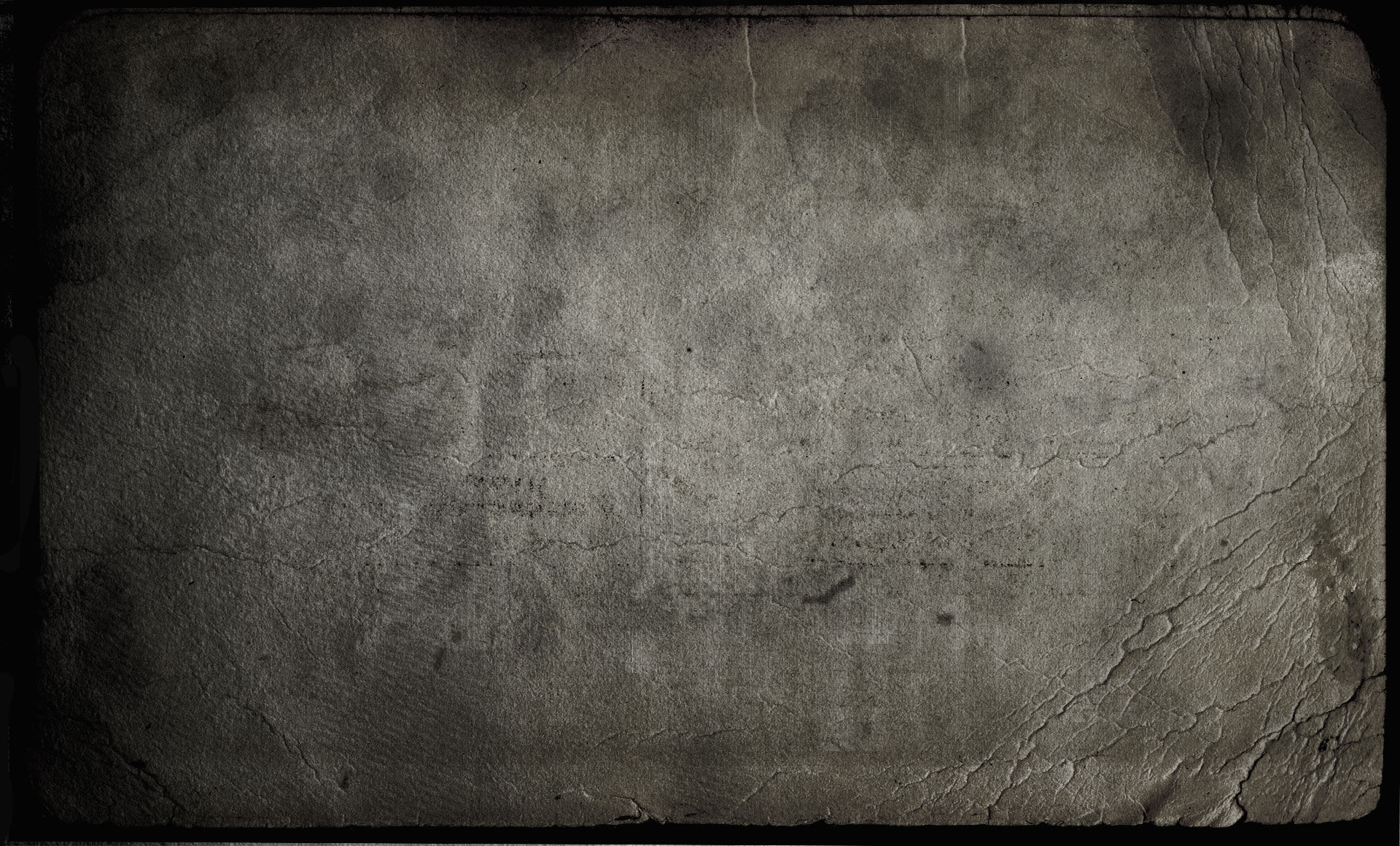“This is some good old Berlin School prepared by today's technology which retains this warm approach of yesterday”

1 Blue One 23:27
2 Blue Two 27:18
3 Blue & Red 22:57
(CD/DDL 73:44) (V.F.)
(New Berlin School, Ambient Music)
Mario Schönwälder remains one of the rare pioneers of New Berlin School to continue tirelessly exploiting these same minimalism structures. With today's equipment, and the continual collaboration of his peerless accomplices in Bas Broekhuis, on percussions, and Detlev Keller on synths and keyboard, he succeeds in keeping intact these slow processions of repetitive chords and making them progress among misty, mysterious, and ethereal layers of mellotron in the company of juicy synth solos and self-taught percussion strikes. BLUE is the third part of musical theories on colors, as visualized and set to music by the German trio in 2003 with Noir.
Nervous, the first chords of Blue One are rolling on a warm and undulating bass structure, where crystalline sequential arpeggios get coiled in total harmony. A progressive minimalist structure, this 1st part of BLUE is delicately agitated and oscillates in an ethereal ambience with a mellotron which throws its enveloping romantic veil on manual percussions of an Arabian world. This bluish aura progresses gently under the skirts of a mellotron which divides its breaths between its violin and cello bows while murmuring a soft flute sound with soft harmonies. It's very smooth that the rhythm gets alive with hesitant sequences which chime on a little more balanced percussions and an even more tight-fitting mellotron, transcending an unreal Arab world. The rhythm undulates with clarity under a dense mellotron and percussions with always tribal aromas, ultimately caressing the romantic musical universe of Klaus Schulze of the Timewind and Mirage years. A splendid hypnotic Berlin School which dashes with heaviness and crash to Blue Two and its eclectic ambiguous intro where the percussions strike unruly bars under heavy synthesized layers. Little by little, Blue Two reshapes its acrimonious rhythm to marry a strange military cadence with its rolling drums and its synth with breaths of mermaids which hum melodious chants, giving the vague impression of an aquatic immersion. The underwater waves have an unusual backwash effect, creating an undulating movement that clings to the chants of the sorcerers by fine strummed chords.
This bewitching melody survives the many rhythmic jolts of Blue Two which has a very diverse rhythmic course; either be light movements of zombie trances, purely ethereal ambient passages where synths scream like specters in the twilight and ambient passages with spasmodic sequences. Varied paces for a more complex title, but which retains its beauty through this cyclical melody which marries a more than enchanting sound variance. If Blue Two enjoys a colorful rhythmic structure, Blue & Red shows a constant rhythmic evolution. An atmospheric opening disturbed by various colorful tones, Blue & Red is the contrast of its colors. Around the 6th minute, the rhythm opens with a nice Hawaiian approach to sink into a bass structure which is drowned in multiple synth layers enveloping and flying over a more tempered rhythm. Hopping sequences on synths with sirens' breaths, Blue & Red makes a good transition between two colors with paradoxes of tranquility, just like its progression which goes from warm ambient up to balanced rhythm and to conclude with a good hopping sequence and slamming percussions that even the soft cello-tones of the mellotron cannot hide the latent rage.
Even if we know what to expect from Broekhuis, Keller & Schonwalder, the trio continue to amaze us in a musical universe still very close to the old roots of the Berlin School. Hypnotic and bewitching, BLUE is the proof that good old Berlin School still has originality to offer and that it's far from being forgotten in the closet. This is some good old Berlin School prepared by today's technology which retains this warm approach of hypnotic and bewitching rhythms. The atmospheric passages float on permutating sequences with jerky jolts with a touch of aggressiveness that the trio rarely exploits, suggesting great possibilities on Red.
Sylvain Lupari (January 17th, 2010) *****
Available on Manikin Bandcamp

Comments